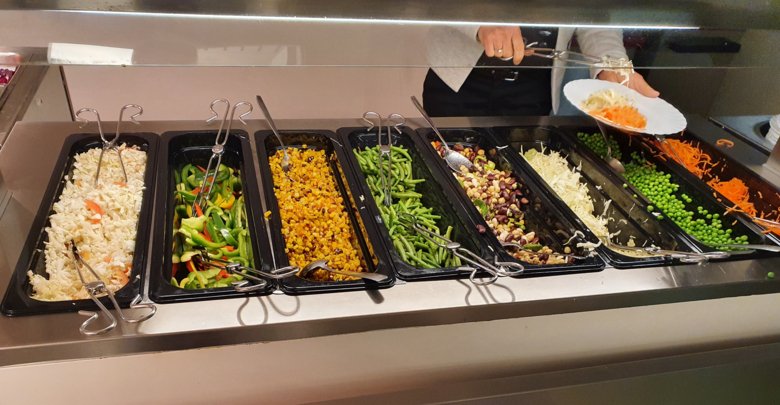“School lunch provides good opportunities to level out social inequalities in dietary intake”

Patricia Eustachio Colombo, doctoral student with the Department of Global Public Health at KI, is first author of the cross-sectional study based on data from the Swedish national dietary survey “Riksmaten ungdom” published in Public Health Nutrition.

What are the most important results of your study?
“School lunches are planned to cover 30% of children’s daily energy and nutrient needs. The results show that the school lunch intake on average accounted for 20-30% of energy and nutrient needs, hence in principal falling below the target.
Nevertheless, we could see that the school lunch contributed to almost half of the total daily intake of vegetables and about two thirds of the fish intake. The intake from the school lunch was also found to have a higher nutrient density and a lower energy density than the meals consumed during the rest of the day. Furthermore, boys were found to have a higher energy-adjusted intake of red/processed meat and a lower intake of vegetables and fiber than girls, both when assessing the total daily intake and when looking at the school-lunch intake alone. This also reflects the eating habits of adults today. Seen throughout the day, the intake of energy as well as most nutrients and food groups such as vegetables was lower in children of parents with lower level education.
During lunch, however, almost no differences in either energy or nutrient intake or in the intake of vegetables were found between children of parents with lower level education as compared to children of parents with higher levels of education.”
How can this new knowledge contribute towards striving to a better health for all?
“It is well established that there is a strong gradient in the prevalence of chronic diseases to the disadvantage of groups with low socioeconomic status and that part of this social inequality is associated with a lower diet quality.
Our results show that the school lunch provides good opportunities to level out social inequalities in dietary intake and thereby to achieve public health equality in the long-term. This is important knowledge for the public health work in Sweden as well as in other contexts where societal development is challenged by social inequalities in health.”
How did you perform the study?
“The children self-reported their intake of all foods and drinks consumed during 1-3 days through the web-based dietary assessment method RiksmatenFlex developed by the Swedish Food Agency.”
The data collection was conducted and funded by the Swedish Food Agency. The analysis in this study was performed as part of the OPTIMAT-project which is supported by the Swedish research council FORMAS.
Publication
The importance of school lunches to the overall dietary intake of children in Sweden: A nationally representative study. Eustachio Colombo, P., Patterson, E., Elinder, L., & Lindroos, AK. (2020). Public Health Nutrition, 1-11. doi:10.1017/S1368980020000099
